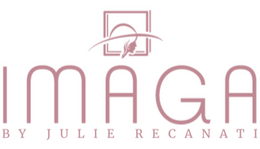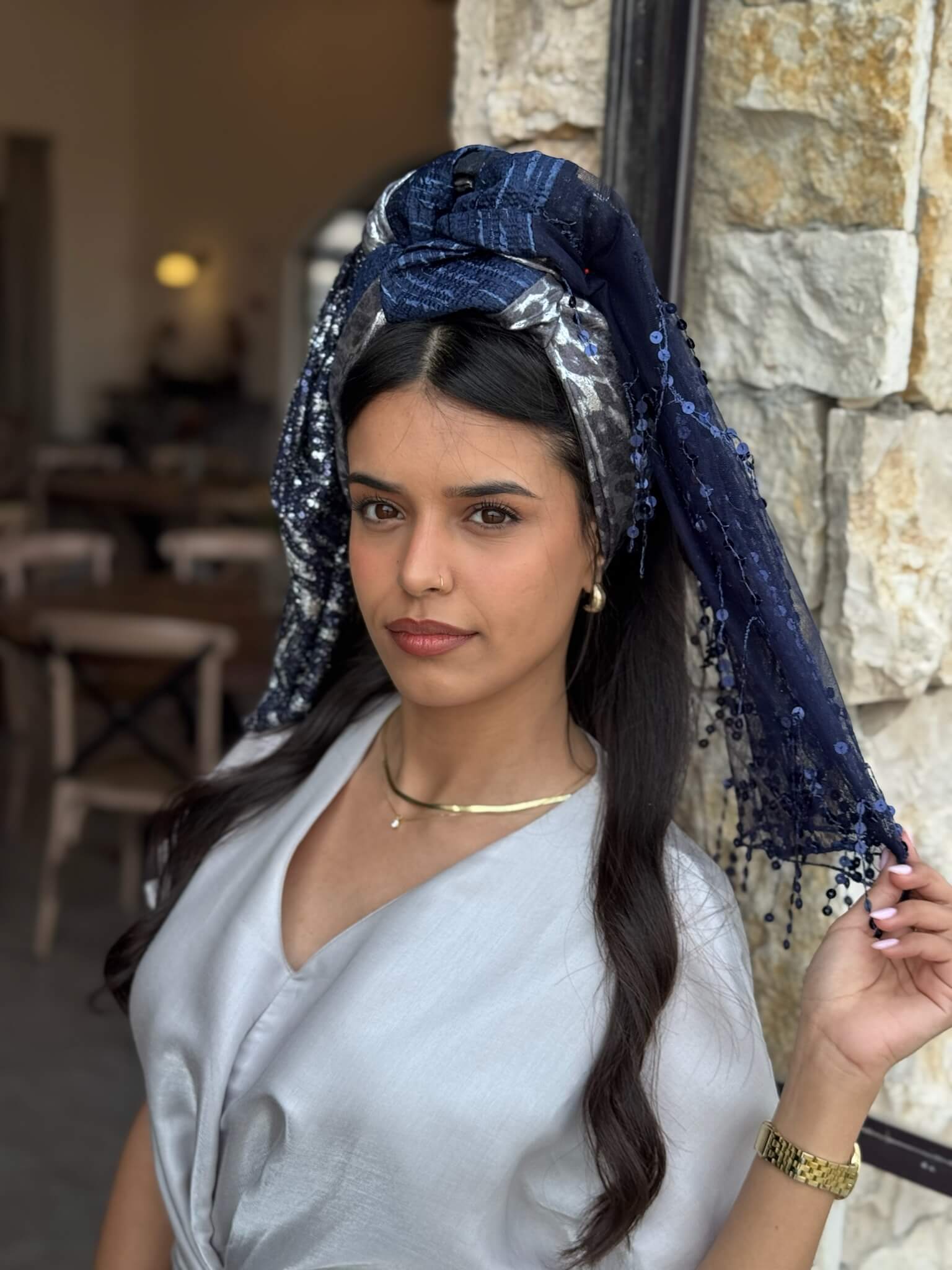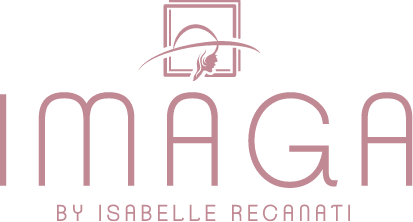Wearing a Jewish headscarf is more than a symbol of modesty. It’s an expression of identity, spirituality, and connection to heritage. But for women who cover their hair daily, it’s essential to ensure that this meaningful practice doesn’t harm hair or scalp health. Thankfully, with a few mindful choices, you can enjoy the beauty of tradition while taking excellent care of your hair.
The Impact of Head Coverings on Hair Health
A headscarf can feel like a second skin, worn for hours, sometimes all day, and it affects the hair much like any regular beauty product. If worn too tightly, or made from rough fabric, it may cause friction, scalp irritation, breakage, or even hair thinning over time. On the other hand, breathable, soft materials can serve as a protective barrier, maintaining your hair’s moisture and minimizing damage.
Women with fine or curly hair are especially sensitive to these effects. That’s why being intentional about your headscarf material, fit, and usage isn’t just about comfort, it’s about long-term hair wellness.
Choosing the Right Fabric
Fabric plays a crucial role in how your hair and scalp feel under a scarf. A breathable material like cotton is ideal for daily wear, especially when it’s soft and finely woven. Viscose and jersey are popular for their stretch and smoothness, hugging the head gently without pulling.
For optimal hair protection, satin-lined scarves are a game-changer. Satin reduces friction, preserves moisture, and minimizes frizz, especially helpful for textured or dry-prone hair. For cooler months, consider natural fiber blends that offer warmth without overheating the scalp.
Fit Matters: Finding the Balance Between Secure and Gentle
While security is important, no one wants their scarf slipping, tight-fitting scarves can lead to headaches and pressure points. The solution is balance. Look for designs with a gentle grip, elastic support, or pre-tied structures that avoid unnecessary tension.
A scarf that fits just right feels like an extension of your body. It stays in place without fussing, enhances your features, and helps you feel more put together. If you do tie your scarf manually, vary the tying position to avoid stressing the same area daily.
Underneath the Scarf: Hair Care Essentials
Hair that’s covered still needs love. Begin with a healthy wash routine using sulfate-free shampoo and moisturizing conditioner. Once or twice a week, apply a deep conditioner or hair oil to replenish moisture. Scalp massage during cleansing improves circulation and helps release tension from headwear.
Styling under the scarf matters too. Tight ponytails or pins can tug on the scalp and cause breakage. Instead, go for a loose braid, low bun, or even let your hair flow naturally when the scarf provides enough coverage.
At night, let your scalp breathe when possible. If you sleep in a scarf, choose a satin or silk one to protect hair from friction against your pillow.
Signs Your Hair Needs a Change
Sometimes we get so used to our routines that we stop noticing the little signals our body gives us. But your hair and scalp have a way of speaking up, especially when something isn’t working. If you’ve started noticing more hair on your brush, a delicate hairline that seems thinner than before, or strands that snap easily when styled, it might not just be seasonal shedding. An itchy, irritated scalp or consistent dryness and frizz could point to deeper issues like fabric friction, lack of moisture, or even too much pressure from how your headwear fits. And if you often end your day with a dull headache, it might be your scarf’s tightness that’s to blame and not the long hours.
These aren’t signs to give up on head coverings, they’re gentle reminders that small changes can make a big difference. Whether it’s switching to softer fabrics, loosening your wrap, or giving your hair a break at night, adjusting how you wear your scarf can help restore both comfort and confidence. Your headwear should support your lifestyle and not get in the way of it.
Styling With Care and Confidence
The beauty of a Jewish headscarf is its versatility. With the right piece, you can express your personality and honor your values at the same time. Try tying your scarf differently on Shabbat than during the week. Add a soft volume insert to create shape without tension. Choose different colors and textures to reflect your mood, your outfit, or the season.
Don’t be afraid to get creative, modesty doesn’t mean monotony. A beautiful scarf should feel like a crown: quiet, strong, and personal.
Respecting Values, Honoring Hair
For many women, covering the hair is a sacred act. But caring for yourself, inside and out, is also part of honoring who you are. When your scarf feels good and your hair thrives underneath it, there’s a deeper sense of harmony between your appearance and your inner self.
Choosing high-quality, thoughtful headwear shows respect for both your tradition and your well-being.
Why Imaga Is the Trusted Choice for Jewish Headwear
At Imaga, we know that wearing a Jewish headscarf is about more than appearance, it’s about feeling grounded, seen, and confident. Our headwear is thoughtfully designed for women who value modesty, elegance, and comfort. Each scarf is made from breathable, gentle fabrics that honor your scalp and your spiritual practice.
Whether you’re looking for a soft, everyday piece or a luxurious scarf for Shabbat and celebrations, you’ll find options that are timeless, versatile, and made with care. With Imaga, you can embrace your tradition and protect your hair without compromise.
Final Thoughts: When Tradition and Care Work Together
A Jewish headscarf is not just a garment, but it’s a reflection of values, identity, and self-care. Choosing the right materials, the right fit, and the right brand makes all the difference. When your hair feels healthy and your scarf feels just right, you’re not just covering butyou’re shining.


